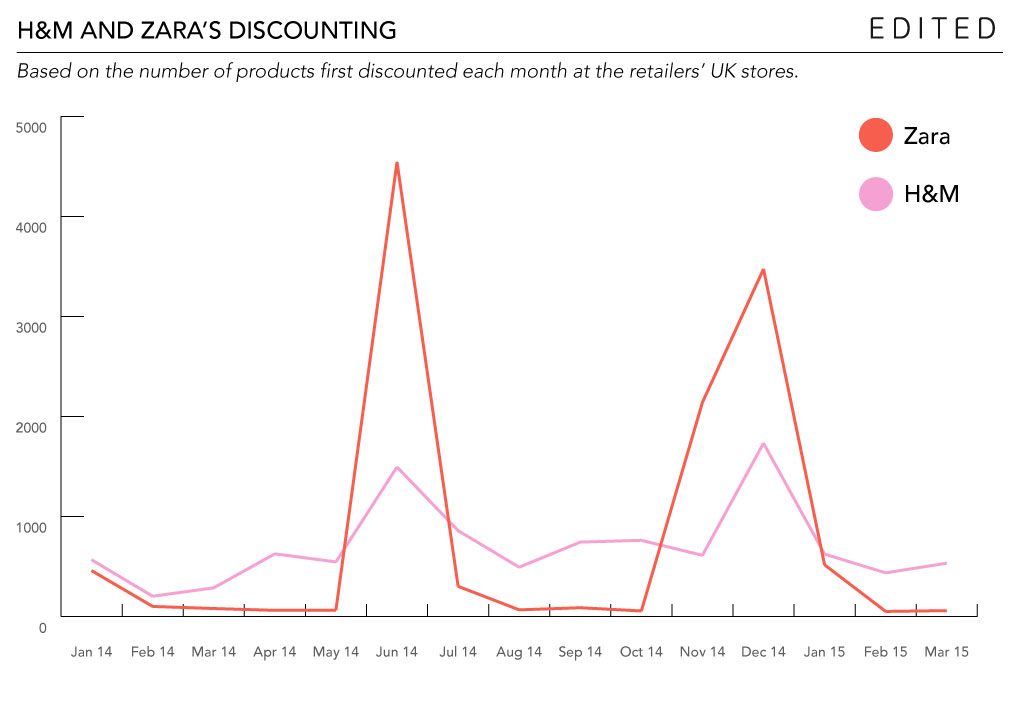Discount rates
Discounting in retail receives a lot of bad press, but can it be done well?
Stories abound of how price reductions put pressure on margins, while discounting over a sustained period can damage brand credibility and set customer expectations.
These stories are often true, though in our experience retailers that take a focused approached to discounting can reap the rewards of greater sales without sacrificing brand equity. To do this, retailers should develop a clear set of objectives to build a discount strategy around.
The following 3 questions are key:
What is the goal of discounting?
The end goal should frame the type of discount that is offered, how it is marketed and the customers that are targeted. Is it to increase sales with existing customers? To acquire new customers? To clear inventory? A clear goal within the business needs to be agreed before discounting begins.
What strategy does your brand or product suit best?
Once a goal has been decided, the style of discounting should be aligned with the retailer’s brand and product type. Certain brands can be suited to longer periods of shallow reductions, while others suit a far shorter period of heavy discounts (see the chart above).
For shallow discounting, incentivising volume, promoting bundled items and offering free products can help to increase ATV and protect margins over the long term.
For shorter and sharper discounting, maintenance of brand integrity is crucial. Price reductions instigate both rational and emotional aspects of consumer behaviour, inviting purchase, but also creating negative connotations around product quality and brand credibility. In fact, research has found that excessively high discounts on premium items can have a negative impact on sales (1).
Who is the customer you are trying to reach?
Different customers will have distinct levels of brand awareness and be positioned at various stages of the purchase funnel. A successful discounting strategy will target different customer types with tailored approaches.
For current customers, segmenting a customer database into distinct groups allows relevant offers to be sent the right customers, based on an understanding of their propensity to purchase and product preferences. For future customers, paid social and PPC can help to drive prospects from the middle of the purchase funnel, but may require a different incentive to do so.
The best discounting strategy is one derived from prior experience of a brands own customers. Whichever approach is settled upon, detailed analysis of sales and transaction data before, during and after the promotion is imperative. Discounting is an iterative process, with testing, controlled experiments and continuous improvement essential to developing strategy over the long term.
Edmund FitzGerald
1. Research has shown that luxury fashion items sold slower when offered at a 40-50% discount, rather than 30-40%.

